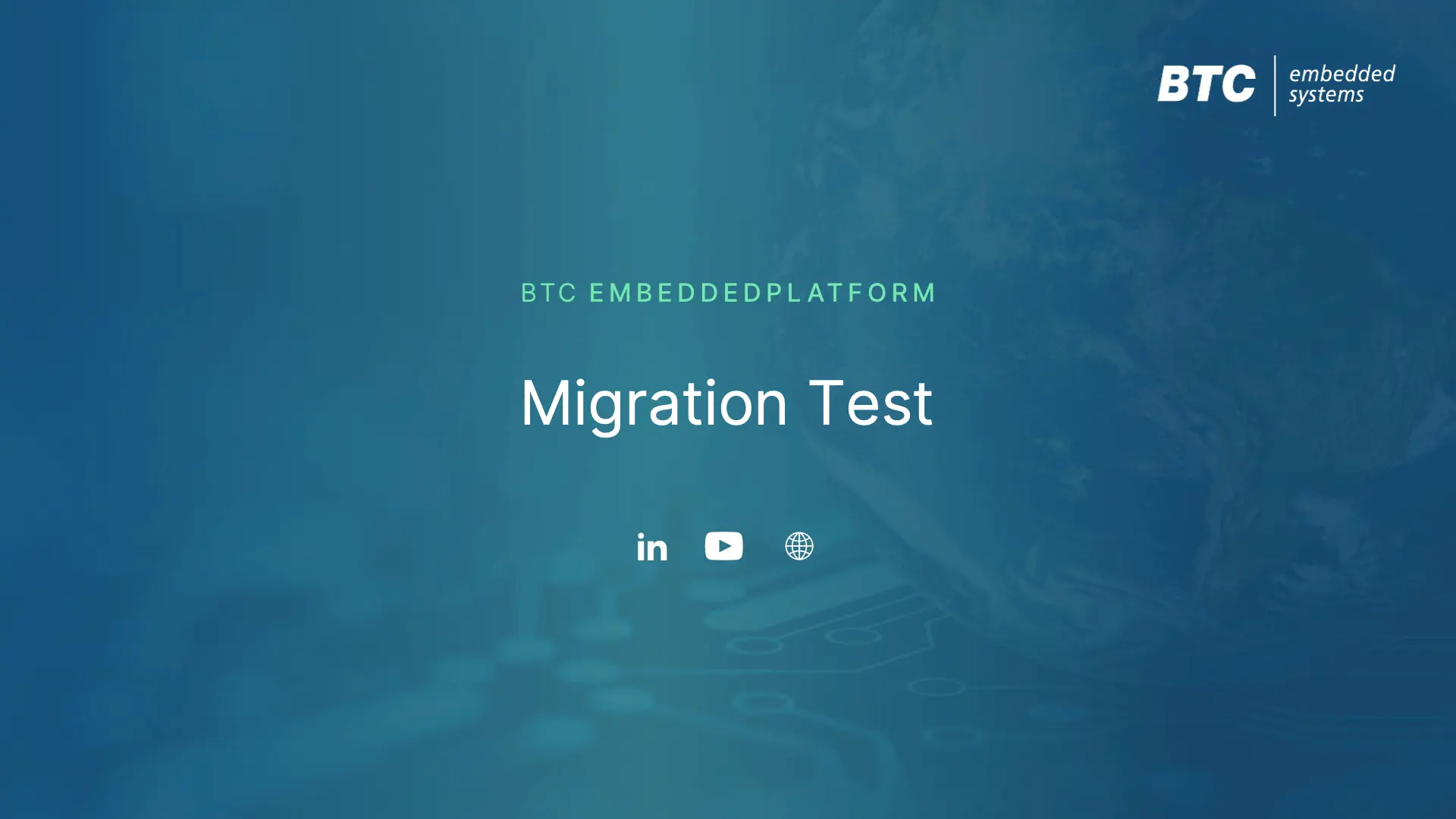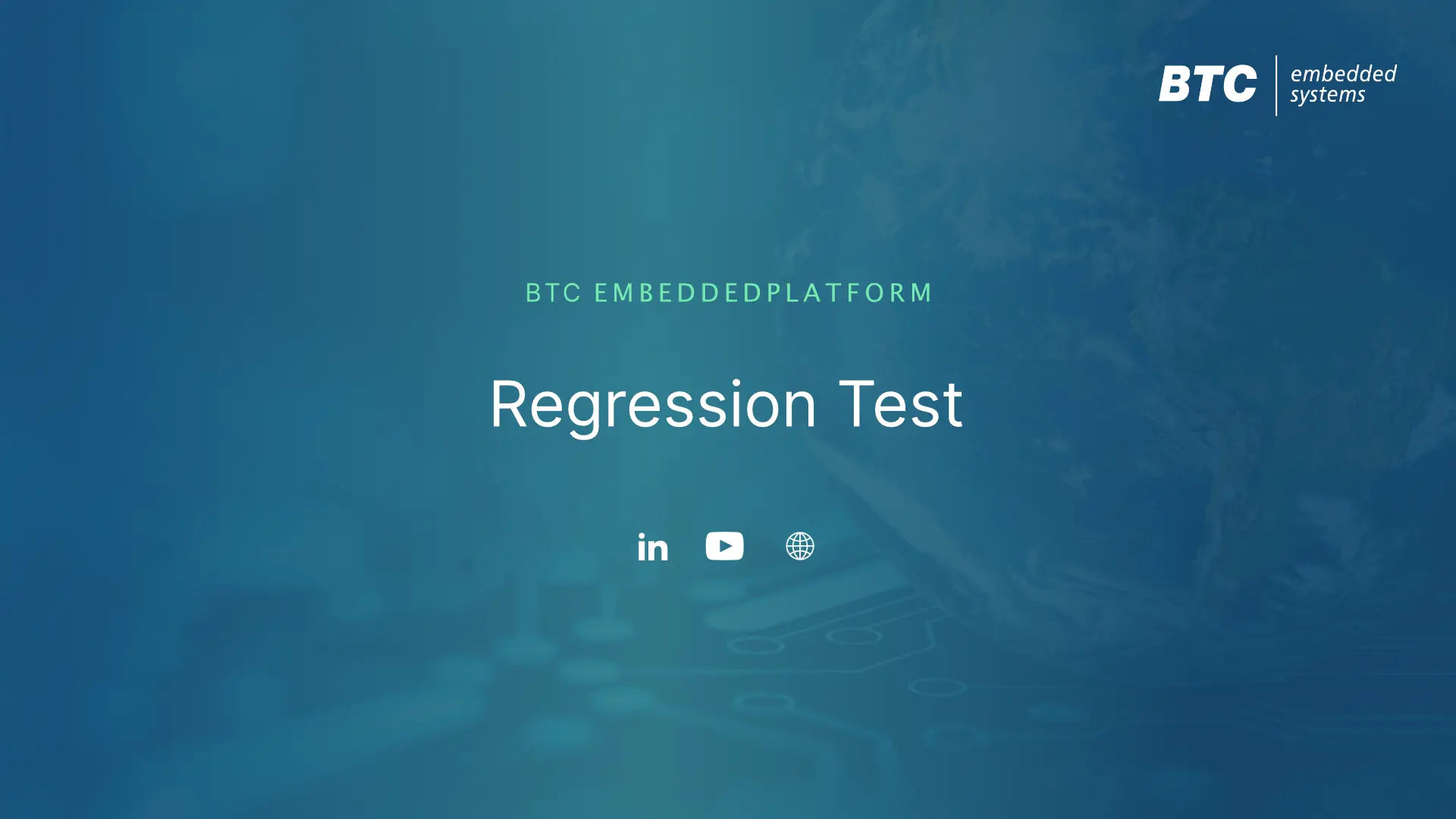Blog
- In the early 2000’s growing software complexity motivated us to use Model-Based development approach rather than developing C-Code or Assembler Code as it is closer to human brain.
- Model-Based Development promotes Left-Shift approach making the Automotive development life cycle cheaper by finding the issues earlier.
- Model-Based Development helps splitting the process into different phases, where different engineers and software developers can work on their core competencies.

Yatish Chitluri
Oldenburg, Germany














